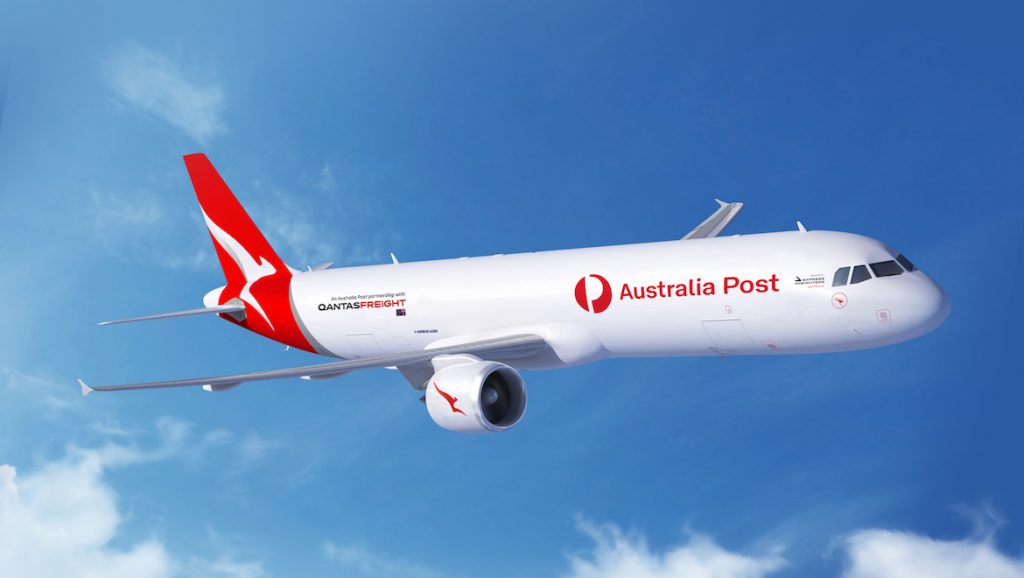
Australia’s flag carrier Qantas has signed a deal with Airbus to enhance the three A321 passenger aircraft it converted into freighters.
The modifications to the “A321P2F” will include upgrading the LCD cockpit display and weather radar as well as the airframe.
In 2020, the airline became the first in the world to begin flying the converted narrowbody aircraft and then announced it would also transform two of its larger widebody A330-200s into freighters.
It followed Qantas and Australia Post agreeing in 2019 to an expanded seven-year contract covering both domestic and international air freight worth $1 billion, with the A321 a part of the deal.
Figures from Airbus showed the A321P2F could carry up to 27.9 tonnes of cargo in a two-deck layout comprising up to 14 containers on the main deck and up to 10 containers on the lower deck.
That figure is significantly 50 per cent more capacity than Qantas’ existing Boeing 737 freighters.
Meanwhile, the two larger A330-200 conversions will be used for both Australia Post and international freight.
Qantas chief executive Alan Joyce said last year the airline’s freight business had “boomed” during the pandemic, and that much of this effect will continue even as restrictions end.
“The converted A330 aircraft for Australia Post will be able to carry around 50 tonnes of cargo each flight, more than double the capacity of other freighters operating for the national postal service,” he said.
Australia hasn’t been the only nation to witness this shift in aircraft use, as many other airlines across the world saw a major ramp up of freight and cargo operations during the height of the pandemic due to low passenger demand.
Qantas currently has a fleet of 28 A330s, 18 of which are the -200 variant and 10 are the -300 model.
The aircraft will be converted by EFW, a joint venture between Airbus and ST Engineering.
Conversion work will include removing seats, replacing the existing cabin door with a larger door and the installation of a cargo handling system.
The first A330 aircraft, which will be utilised by Australia Post, will start its conversion in August 2022 and is expected to start operating in mid-2023 with the second to start operating in late 2023.
Australia Post’s chief executive, Paul Graham, said e-commerce has grown by more than 76 per cent when compared to just two years ago.
“Last December, we delivered a record 52 million parcels and uplifted over 7.4 million kilos of air freight, and we fully expect to eclipse these volumes this year,” said Graham.










